
The Mumbai Trans Harbour Link (Atal Setu) : A Gateway to Connectivity
The Mumbai Trans Harbour Link, officially known as Atal Bihari Vajpayee Sewri–Nhava Sheva Atal Setu, is a monumental infrastructure project connecting Mumbai with its satellite city, Navi Mumbai. This 21.8 km long, 6-lane elevated highway bridge not only sets records as the longest sea bridge in India but also stands as a symbol of progress and connectivity. Inaugurated by Prime Minister Narendra Modi on January 12, 2024, the bridge represents years of planning, challenges, and triumphs in urban transportation development. This comprehensive exploration delves into the history, planning, and execution of this transformative project.
History
Necessity Breeds Innovation
The seeds of the Mumbai Trans Harbour Link were sown in the 1990s, amidst the burgeoning traffic and congestion plaguing Mumbai. With six existing bridges struggling to meet the demands of growing traffic, the need for a comprehensive solution became evident. The Mumbai Metropolitan Region Development Authority (MMRDA) embarked on studies to address these challenges, leading to the proposal for the Trans Harbour Link in 2012. However, the journey from proposal to fruition was riddled with hurdles, marked by delays and multiple attempts to kickstart the project.
Planning
Overcoming Obstacles
The planning phase of the Mumbai Trans Harbour Link witnessed various attempts to bring the project to life. From initial proposals by private entities to subsequent government-led initiatives, each attempt faced its share of challenges. The transition from private-public partnership (PPP) models to cash contract basis underscored the complexities involved in financing and executing such a massive infrastructure project. Environmental concerns, clearance procedures, and stakeholder negotiations added layers of intricacy to the planning process.
Construction
Building Bridges, Overcoming Challenges
Construction on the Mumbai Trans Harbour Link commenced in April 2018, marking a significant milestone in the project’s timeline. However, the journey was not without its challenges. The COVID-19 pandemic, unforeseen delays, and technical complexities posed formidable obstacles along the way. Despite these challenges, the dedication of engineers, workers, and project stakeholders ensured steady progress towards completion. The bridge’s inauguration in January 2024 culminated years of planning and perseverance.
Lessons Learned: Reflections on Urban Development
The Mumbai Trans Harbour Link stands as a testament to the resilience and innovation of urban infrastructure development. It serves as a case study for future projects, highlighting the importance of comprehensive planning, stakeholder engagement, and adaptive strategies in overcoming challenges. The bridge’s impact on connectivity, economic growth, and urban mobility underscores the transformative potential of large-scale infrastructure investments.
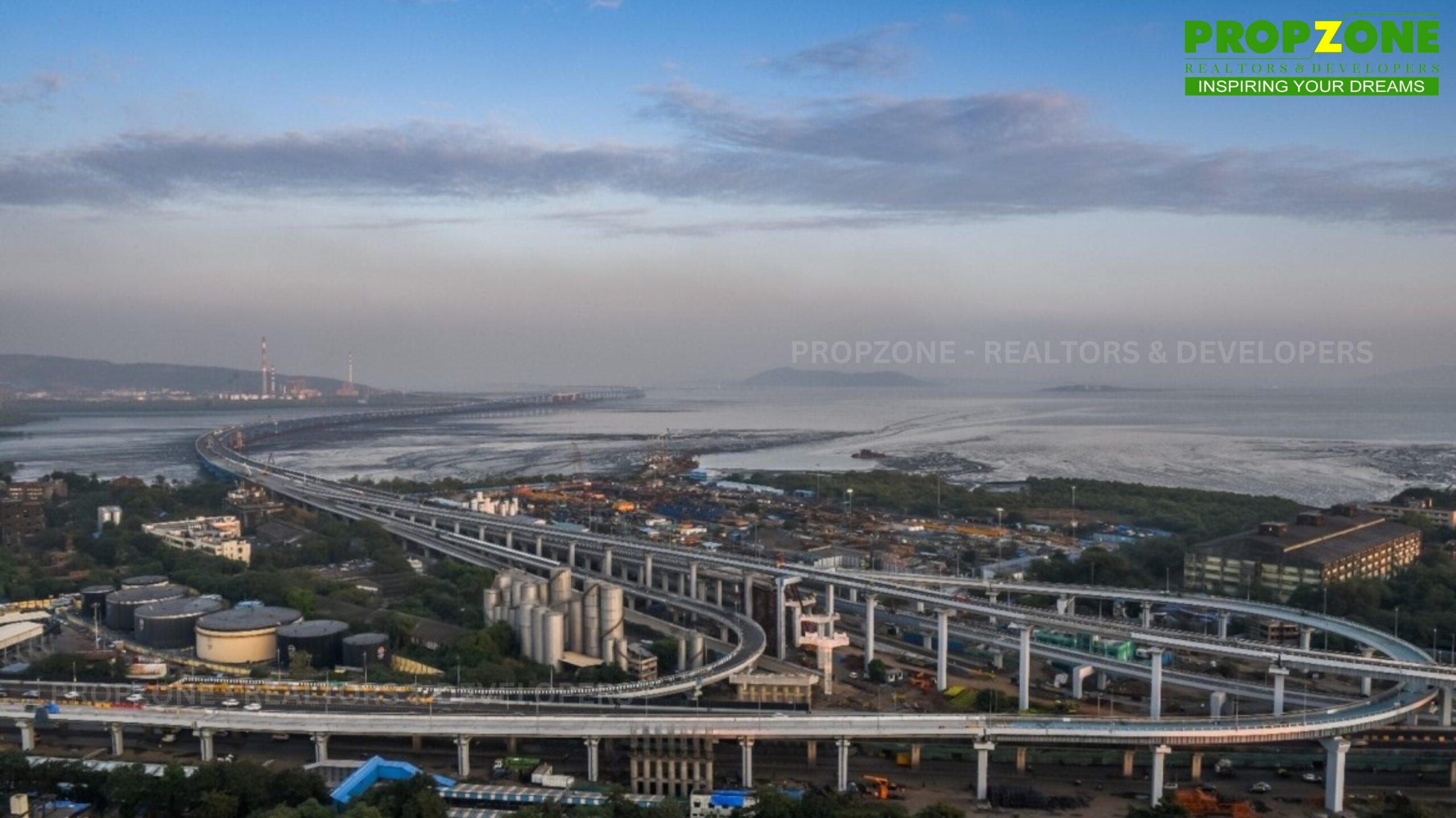
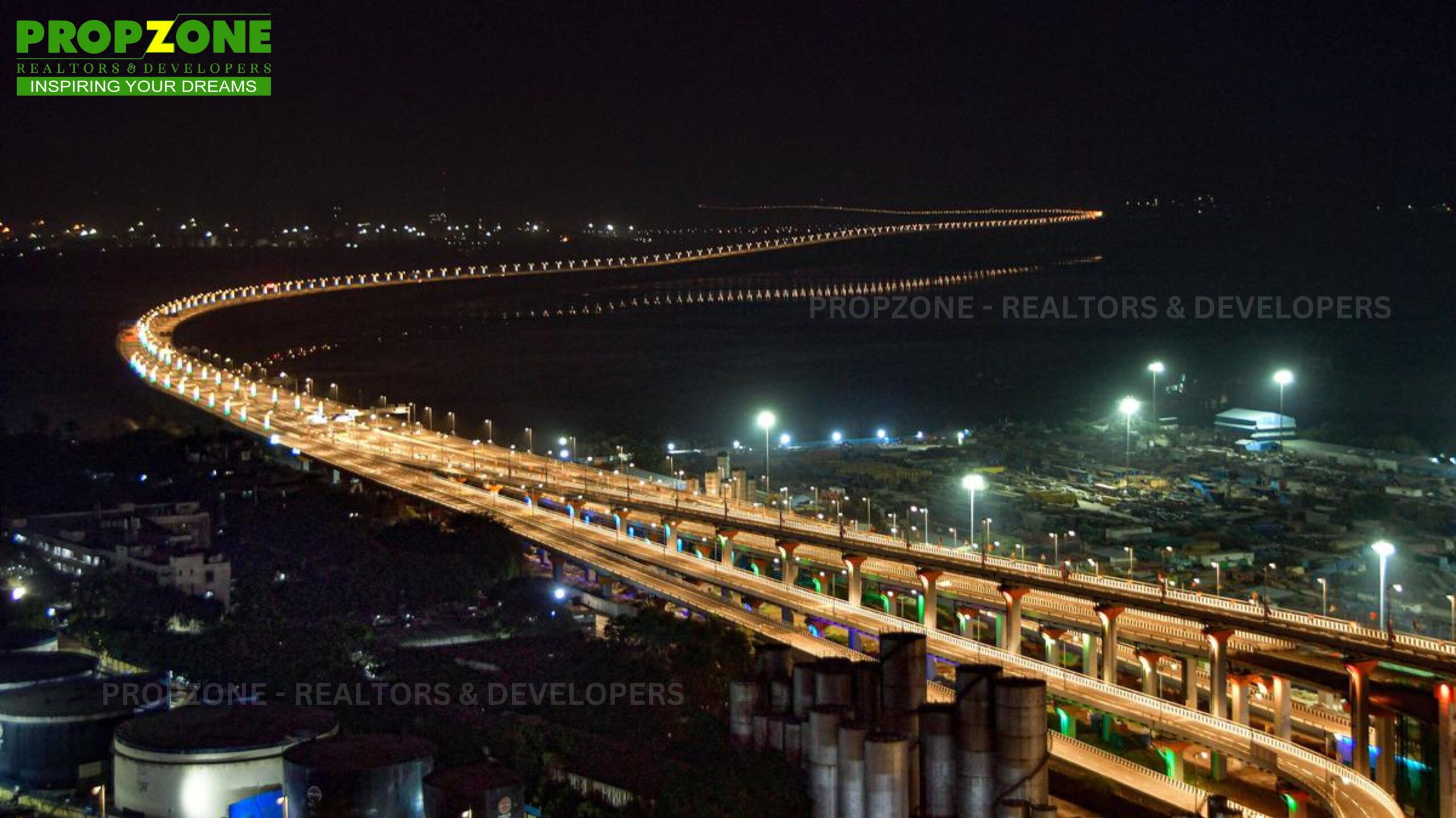
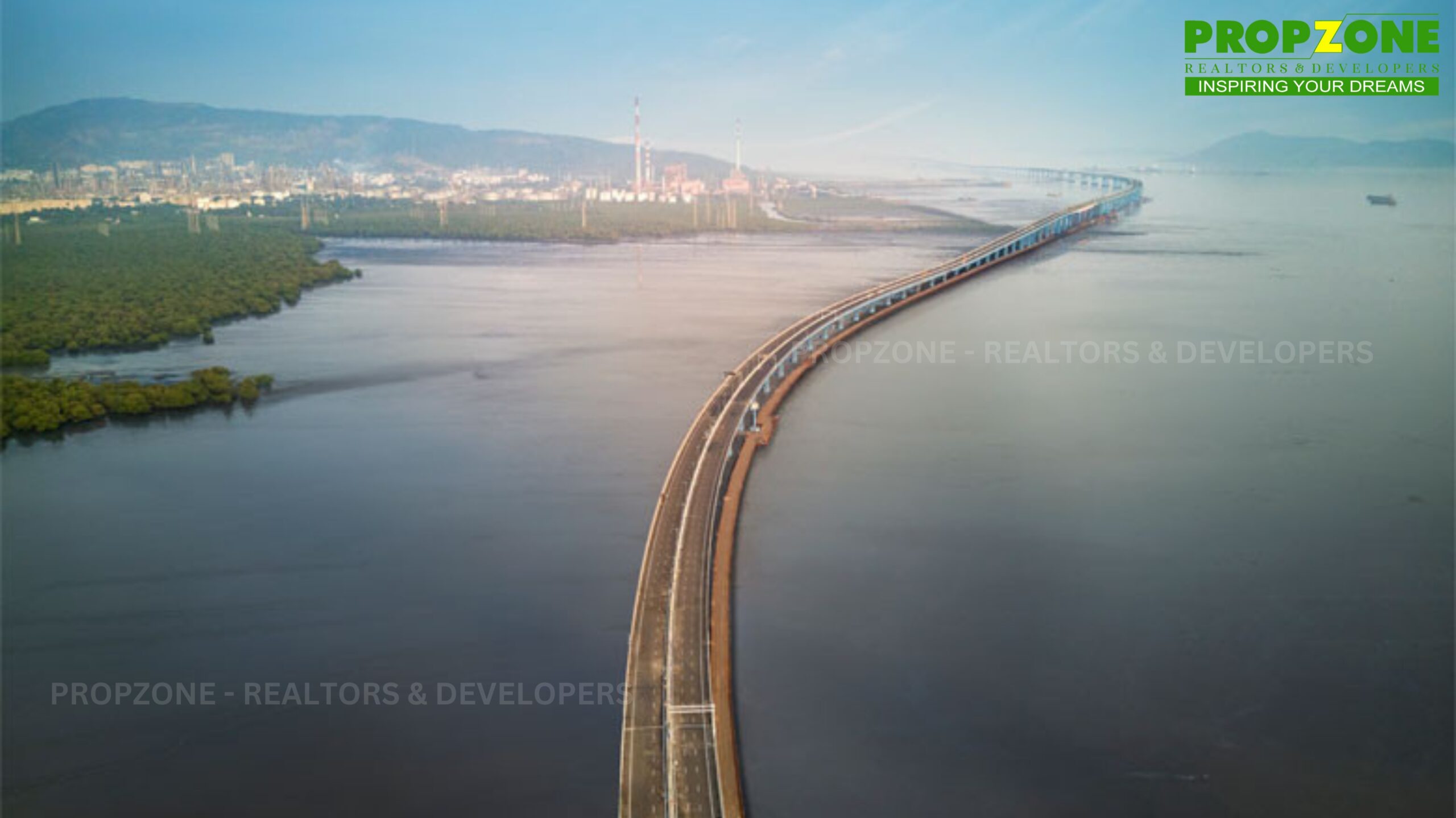
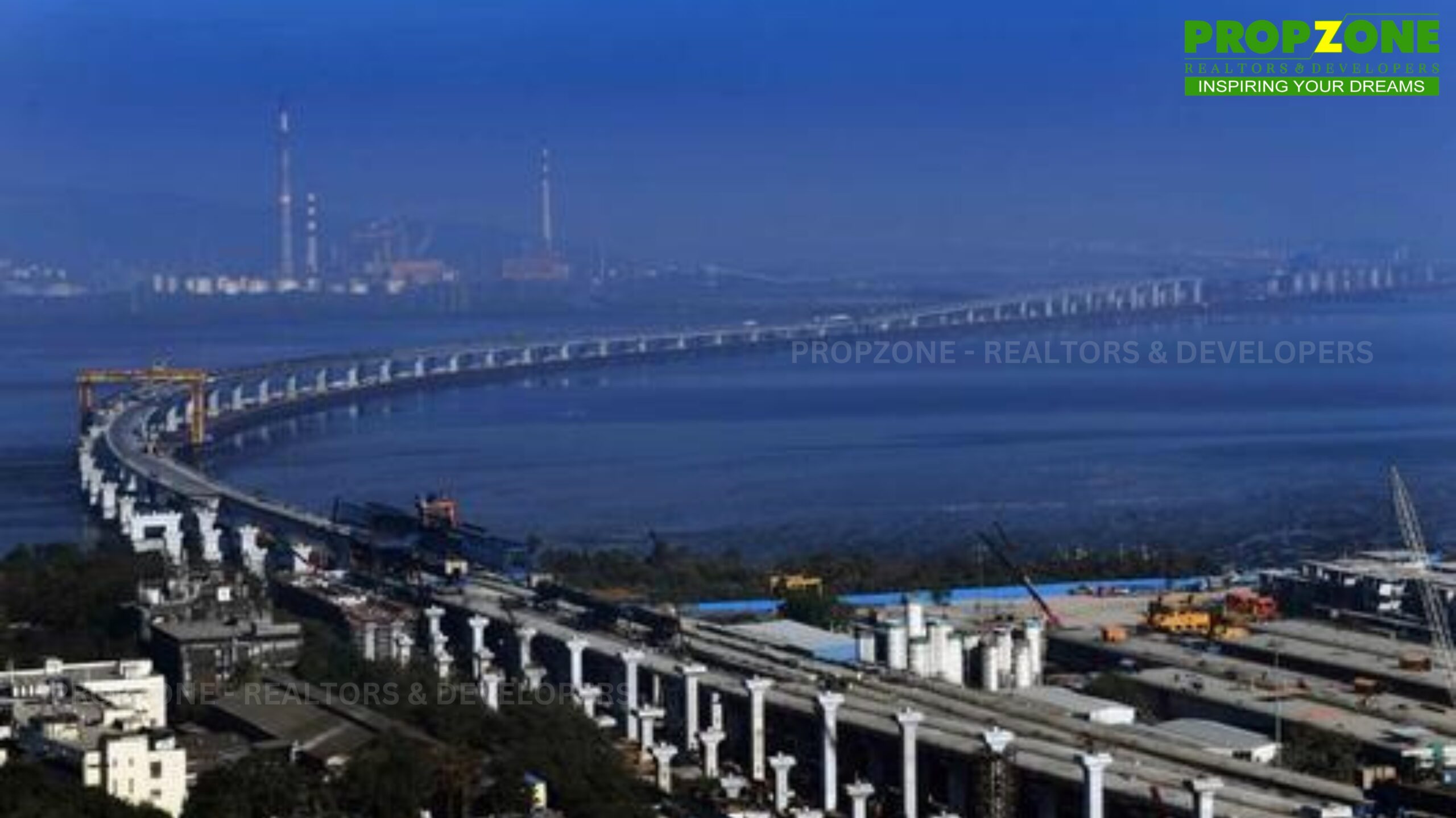
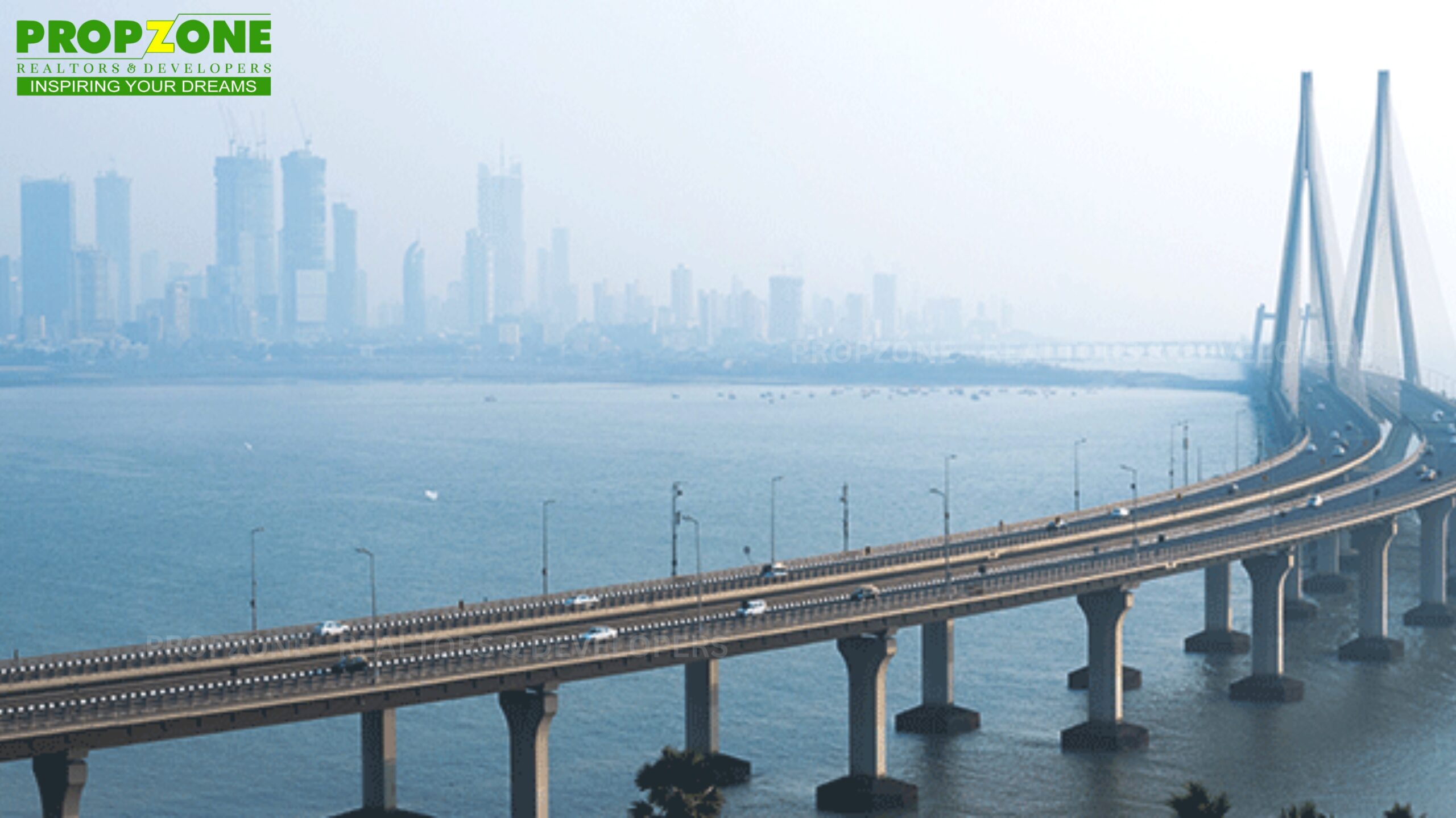
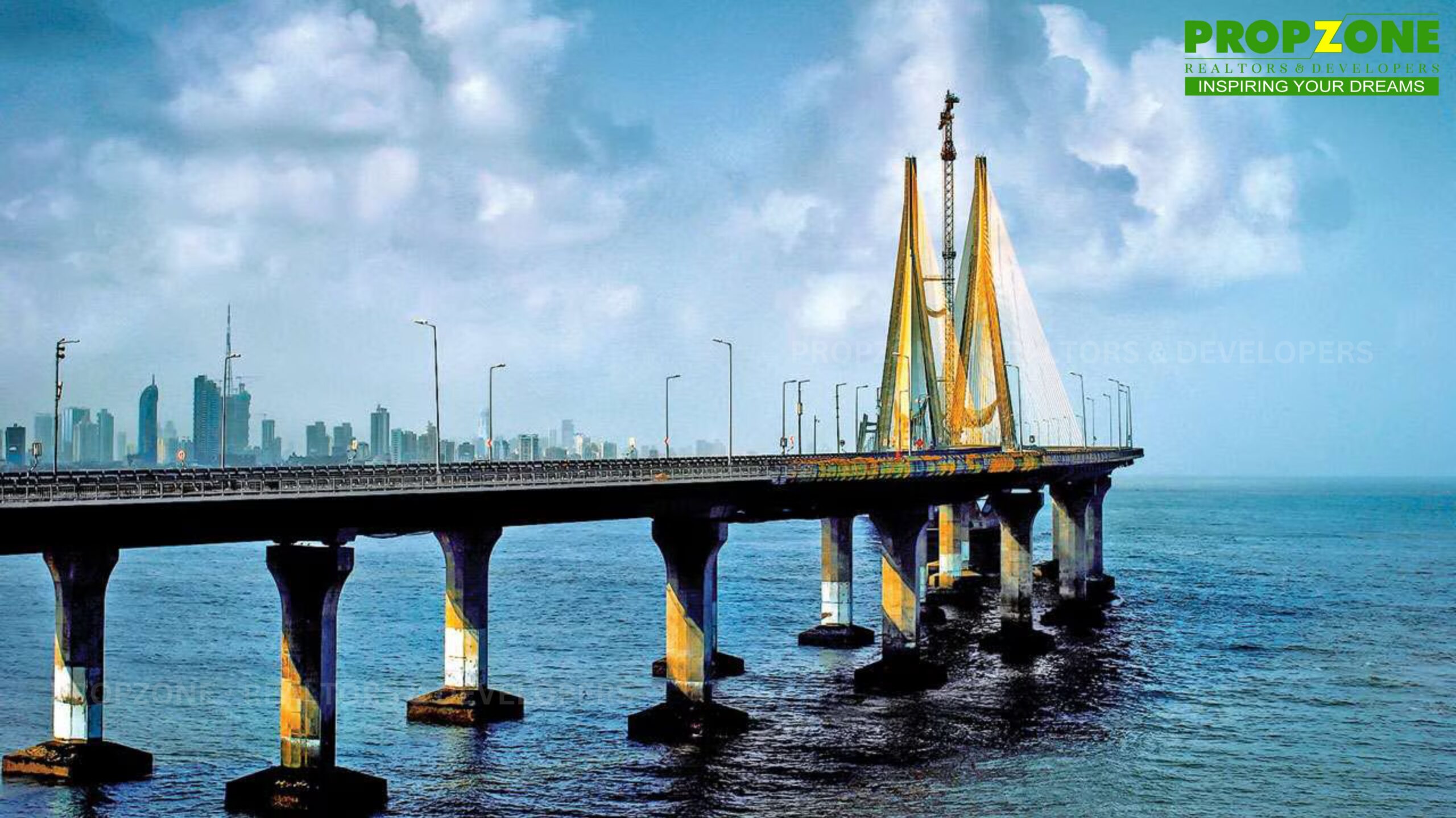
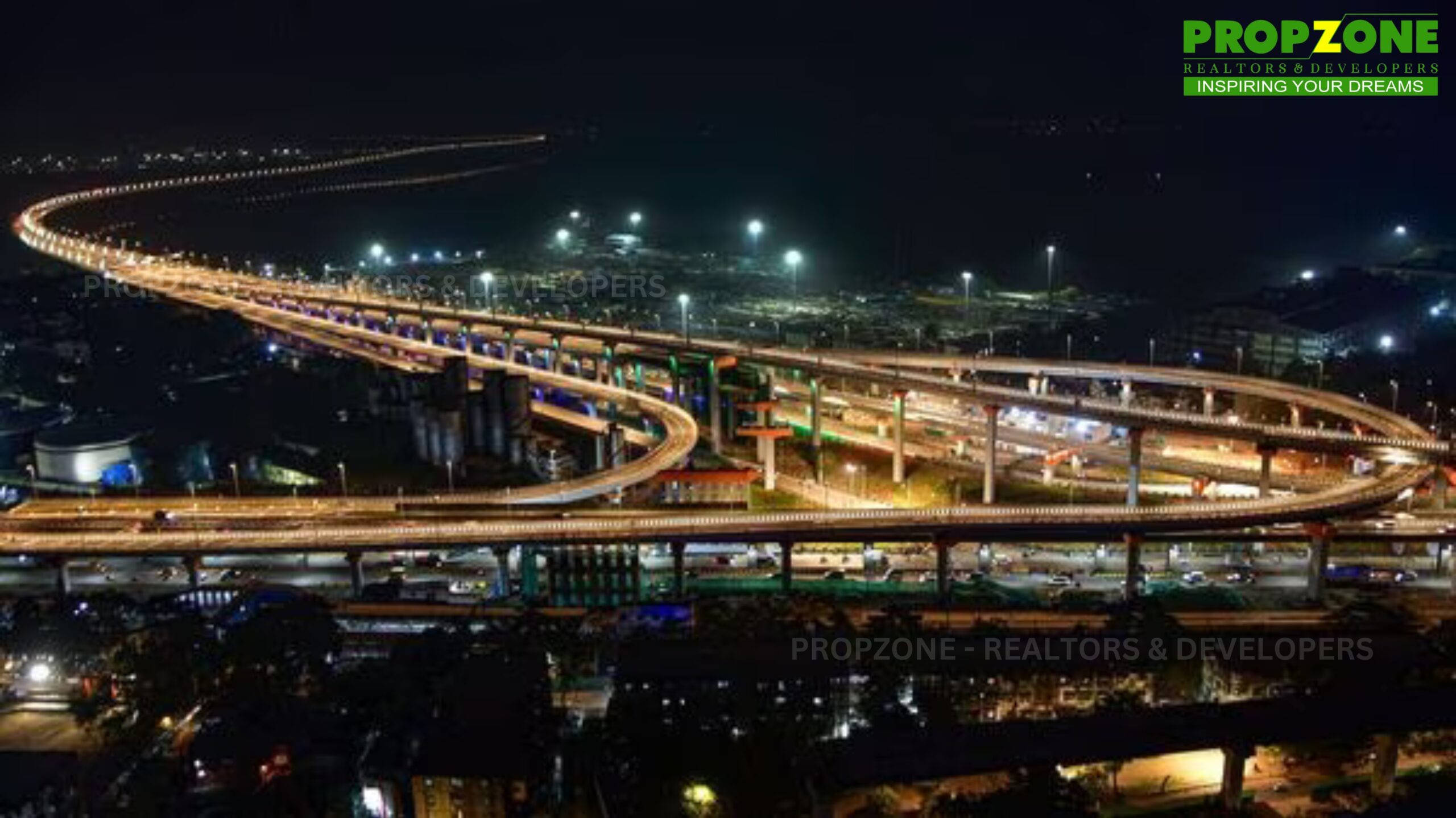
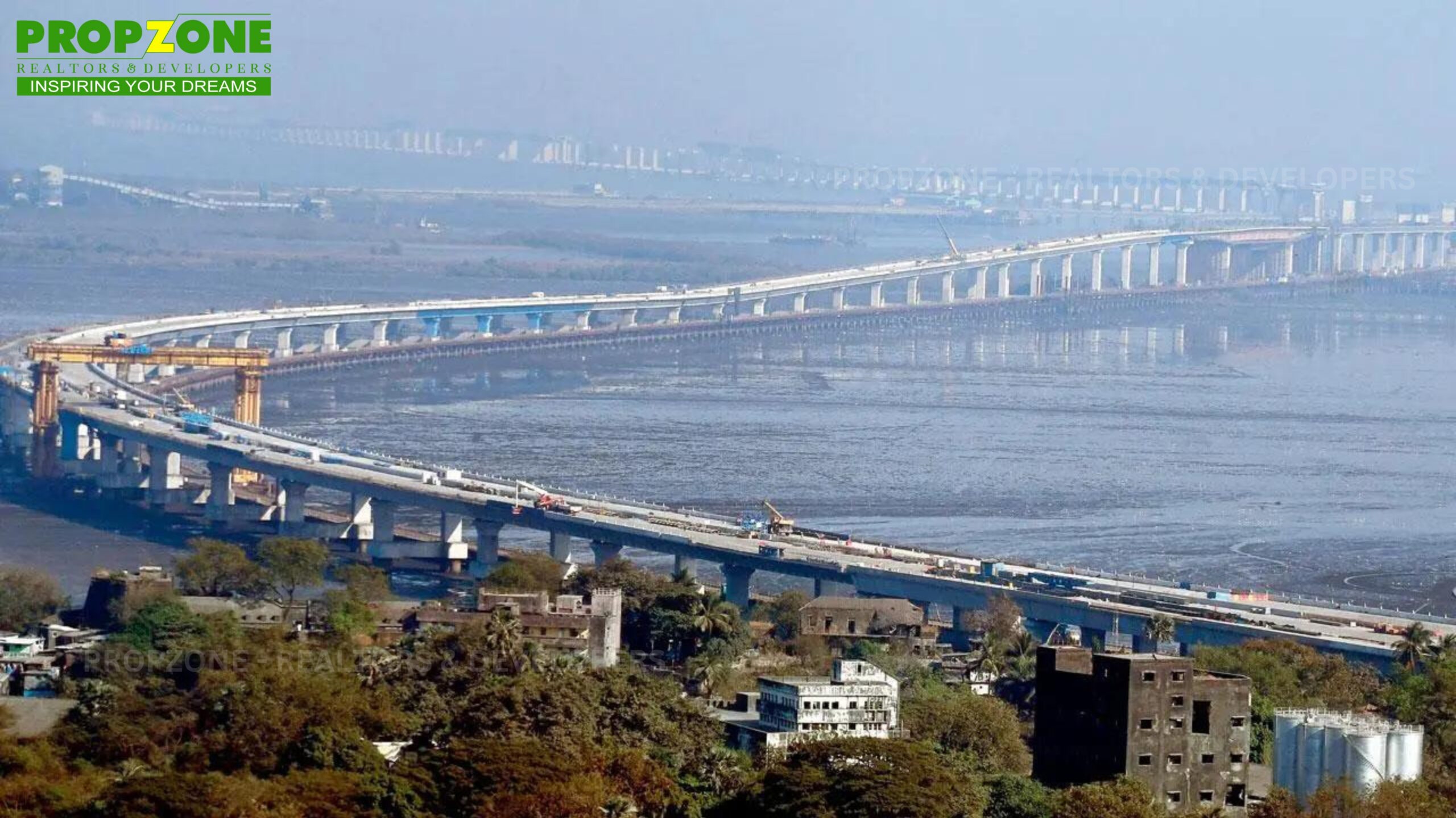
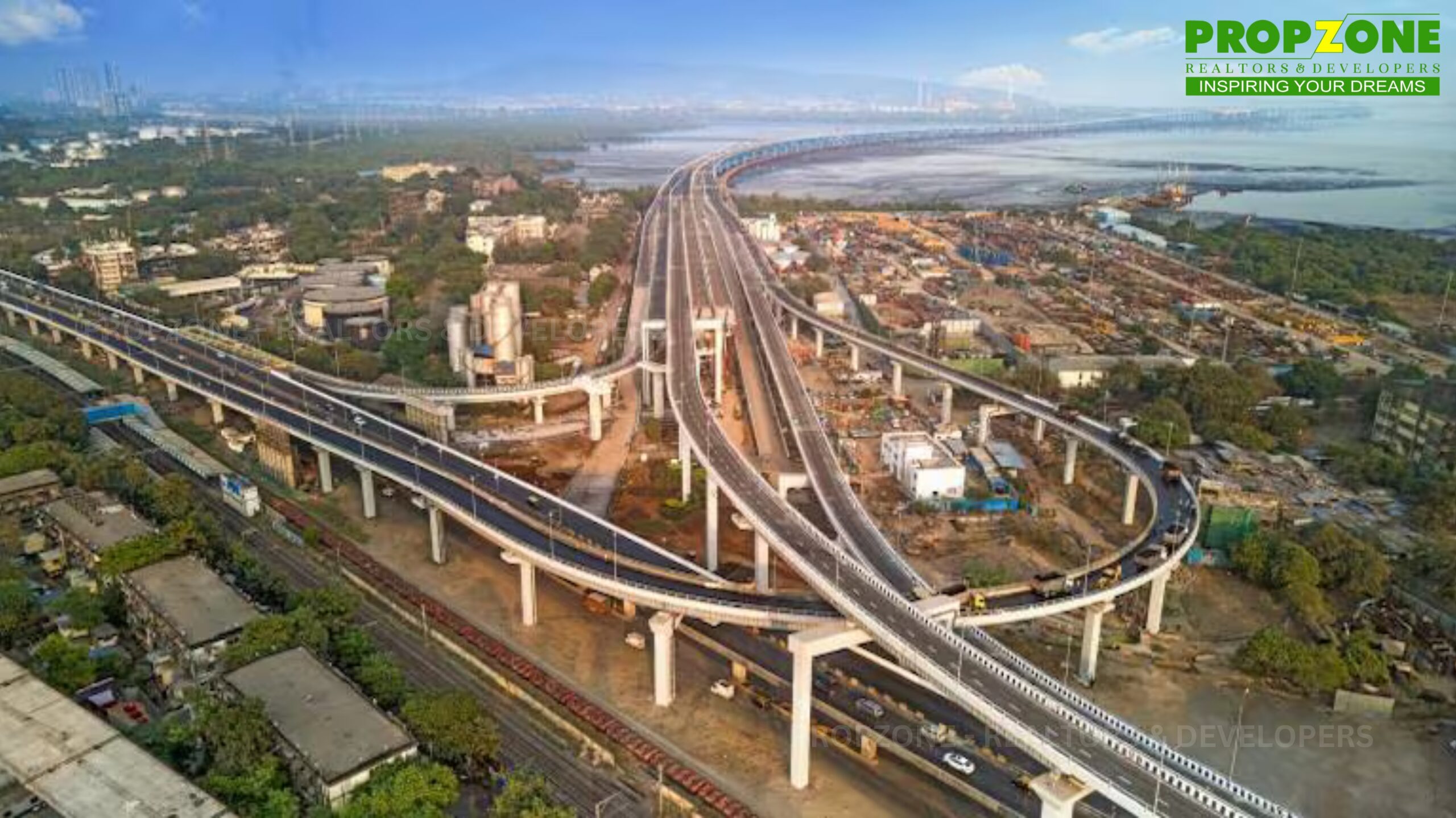
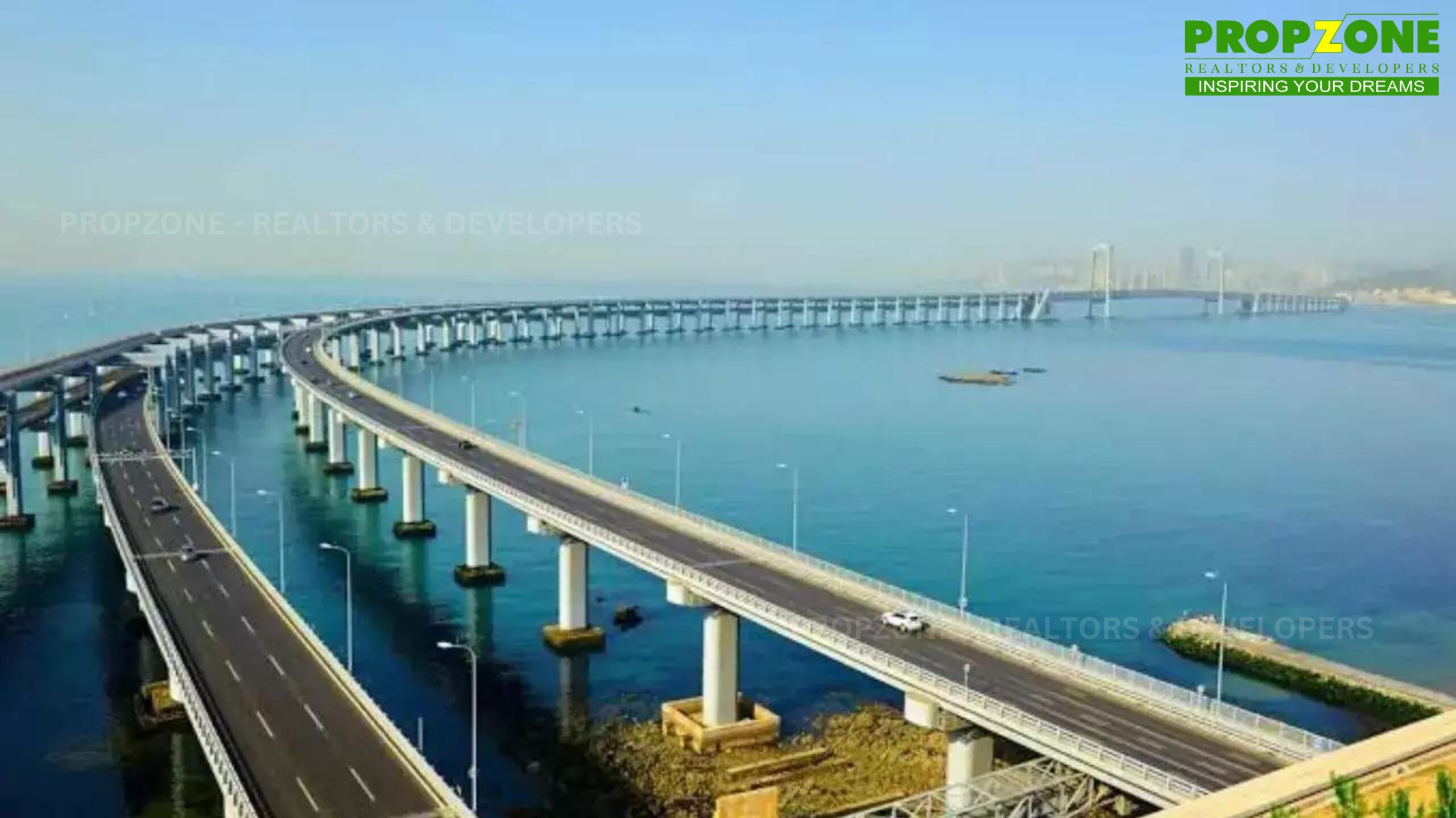
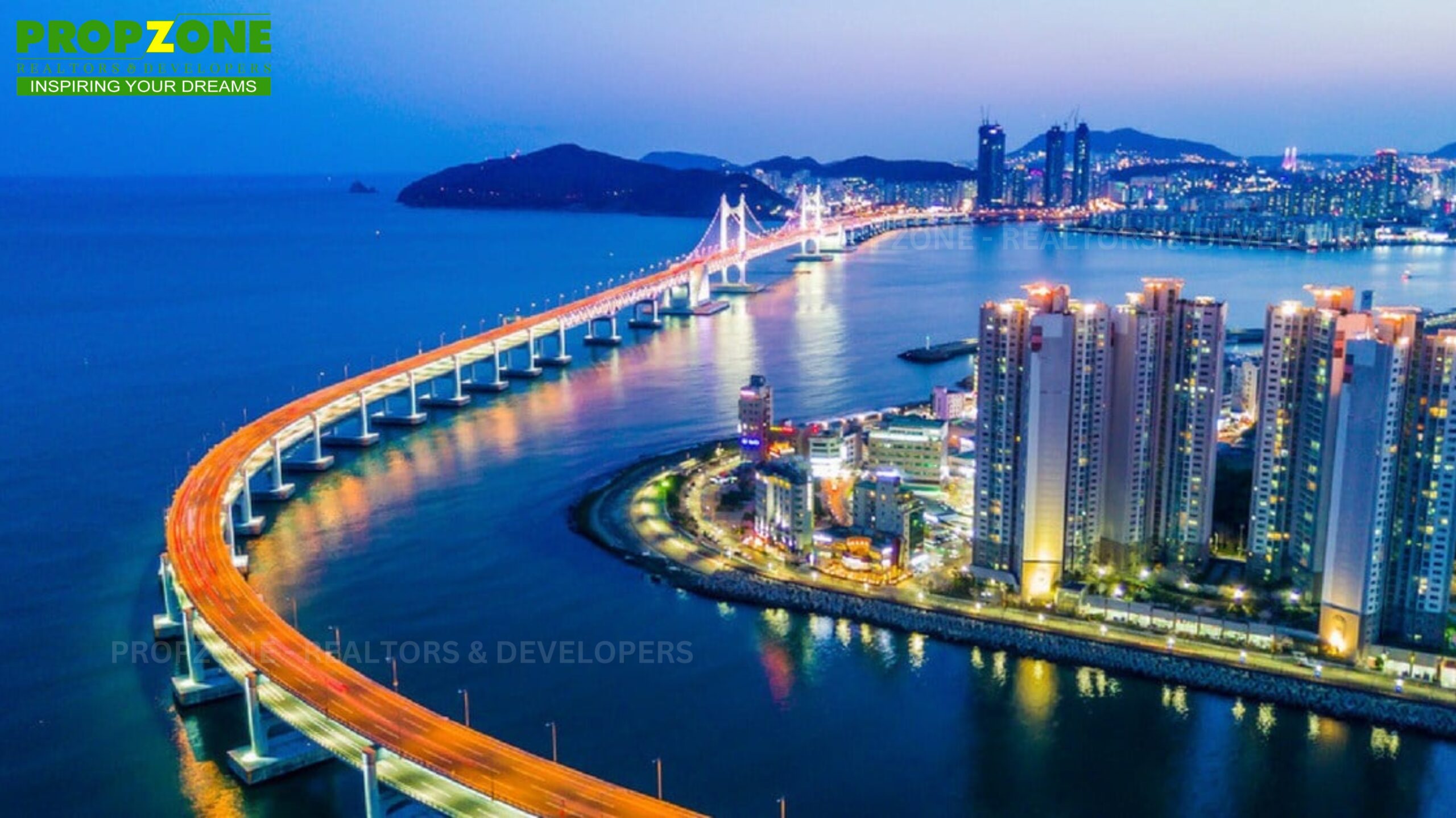
Transition to EPC Model and Environmental Concerns
Switching Gears
From PPP to EPC
In August 2013, the Mumbai Metropolitan Region Development Authority (MMRDA) made a pivotal decision to abandon the Public-Private Partnership (PPP) model in favor of an Engineering, Procurement, and Construction (EPC) approach for the Mumbai Trans Harbour Link project. This shift in strategy aimed to streamline execution and address funding challenges. The move garnered interest from the Japan International Cooperation Agency (JICA), signaling a new phase in the project’s development.
Environmental Hurdles
Protecting Biodiversity
The project encountered a significant setback in April 2015 when the FAC of the MoEFCC withheld clearance due to environmental concerns. The proposed bridge’s impact on mangroves and the flamingo population raised red flags, necessitating comprehensive studies and safeguards. Despite challenges, subsequent clearances from authorities such as the MCZMA and the Forest Advisory Committee marked progress in navigating environmental hurdles.
Financial Support and Clearances
A Path Forward
In February 2016, JICA stepped in with a substantial loan agreement, offering 80% of the project’s total cost at favorable interest rates. This financial support, coupled with clearances from various regulatory bodies, provided momentum for the project’s advancement. With JICA’s formal approval and the initiation of the bidding process, the Mumbai Trans Harbour Link edged closer to realization.
By addressing environmental concerns and securing robust financial backing, the Mumbai Trans Harbour Link project charted a course towards connectivity and sustainable development.
Enhancing Connectivity and Interchanges
Sewri Interchange
MTHL features three key interchanges strategically located at Sewri, Shivajinagar in Ulwe, and Chirle. The Sewri interchange, constructed on a 27-acre plot leased from the Mumbai Port Trust. It includes a 1.5 km long cloverleaf interchange. This interchange enhances accessibility to vital routes such as the Coastal Road and facilitates smoother traffic flow.
Sewri–Worli Connector
The Sewri–Worli connector, a crucial component of the MTHL project, aims to link the Bandra–Worli Sea Link and the Coastal Road. Originally proposed in 2012–2013, project faced delays but resumed construction in January 2021. Spanning 4.512 km, this cable-stayed bridge will bolster connectivity across key areas, easing commuter transit & enhancing transportation infrastructure.
Shivajinagar Interchange
Designed to connect Ulwe directly to the MTHL, the Shivajinagar interchange serves as a vital link to the Navi Mumbai International Airport and Jawaharlal Nehru Port. Once the Ulwe Coastal Road is completed, it will seamlessly integrate with this interchange, further improving accessibility and connectivity in the region.
Chirle Interchange
The Chirle interchange plays a pivotal role in linking the MTHL with the Mumbai–Pune Expressway, offering convenient access to destinations. Future plans include extending the MTHL to the expressway near the under-construction Navi Mumbai International Airport, enhancing regional connectivity and alleviating traffic congestion between Mumbai and Pune.
Enhancing Environmental Sustainability and Safety Features
Mitigating Noise and Protecting Wildlife
To minimize environmental impact, MMRDA implemented noise and vision barriers along a 6 km section of MTHL. These barriers serve dual purposes: blocking views of BARC and safeguarding the habitat of flamingos and migratory birds at the Sewri mudflats.
Repurposing Infrastructure for Biodiversity
In a sustainable move, the MMRDA repurposed a temporary access bridge built for construction into a 5.6 km long bird-watching platform. This initiative not only promotes eco-tourism but also underscores the agency’s efforts to minimize demolition and conserve resources.
Advancing Traffic Management and Safety
The MTHL boasts advanced traffic management systems, including ATMS and ITMS. These systems enable real-time monitoring and management of traffic flow, incidents, and emergency responses. Stringent safety measures prohibit entry of two-wheelers, three-wheelers, and other slow-moving vehicles.
Incorporating Cutting-Edge Technology and Sustainability
Constructed with state-of-the-art materials and technology, the MTHL showcases remarkable engineering feats. The bridge’s structural steel, concrete, and reinforced steel components are designed to withstand diverse weather conditions, seismic activity, and high wind speeds.
In recognition of its environmental stewardship and innovative features, the MTHL has earned accolades and a sustainability certificate from the Bombay Natural History Society (BNHS). As a testament to its commitment to sustainable development, the project stands as a model for future infrastructure endeavors, balancing progress with environmental responsibility.
Integrating Metro Connectivity: Past Challenges and Future Prospects
Exploring Metro Integration
Initial Plans and Setbacks
In 2010, MMRDA envisioned the Mumbai Trans Harbour Metro Rail Link (MTHMRL), a dual-track metro line running beneath the lanes of the MTHL. This ambitious proposal aimed to enhance connectivity between Prabhadevi and Dushmi, with future extensions to the Navi Mumbai International Airport and other metro corridors. However, in 2012, the MMRDA opted to prioritize road infrastructure over metro integration, citing cost implications and the unfinished status of key projects.
Revisiting Metro Integration
A Renewed Approach
In June 2021, the MMRDA signaled a reevaluation of metro integration possibilities along the MTHL. With ongoing metro projects like the Worli-Sewri corridor under construction, the feasibility of seamlessly incorporating metro lines into the MTHL gained traction. Additionally, plans for a dedicated bus rapid transit system underscored efforts to enhance multi-modal connectivity.
Overcoming Technical Challenges
Path to Progress
The MMRDA’s decision to appoint a consultant in January 2022 marked a proactive step towards addressing technical hurdles. The draft report submitted in April 2022 highlighted challenges related to the load-bearing capacity of existing pillars. However, the agency remained committed to exploring solutions to enable metro integration, signaling determination to overcome obstacles.
As the MMRDA navigates the complexities of metro integration, the prospect of seamless connectivity between Mumbai and Navi Mumbai grows closer to reality. With a focus on innovative solutions and strategic planning, the vision of a comprehensive transportation network continues to evolve, promising a future of enhanced mobility and accessibility for residents and commuters alike.
Future Prospect
Investing in Growth
As the Mumbai Trans Harbour Link opens new pathways for connectivity and development, the surrounding areas stand poised for growth and investment. The strategic location near SEALINK land presents lucrative opportunities for businesses, investors, and real estate developers. With enhanced connectivity between Mumbai and Navi Mumbai, the demand for commercial and residential properties is expected to surge. Moreover, the bridge’s role in alleviating traffic congestion and improving accessibility further enhances its appeal as a prime investment destination.
In conclusion, the Mumbai Trans Harbour Link represents more than just a bridge; it embodies the spirit of progress and innovation. From its inception to inauguration, the project reflects the collective effort and determination of all involved stakeholders. As Mumbai continues to evolve as a global city, the bridge stands as a beacon of connectivity, ushering in a new era of growth and development for the region.
